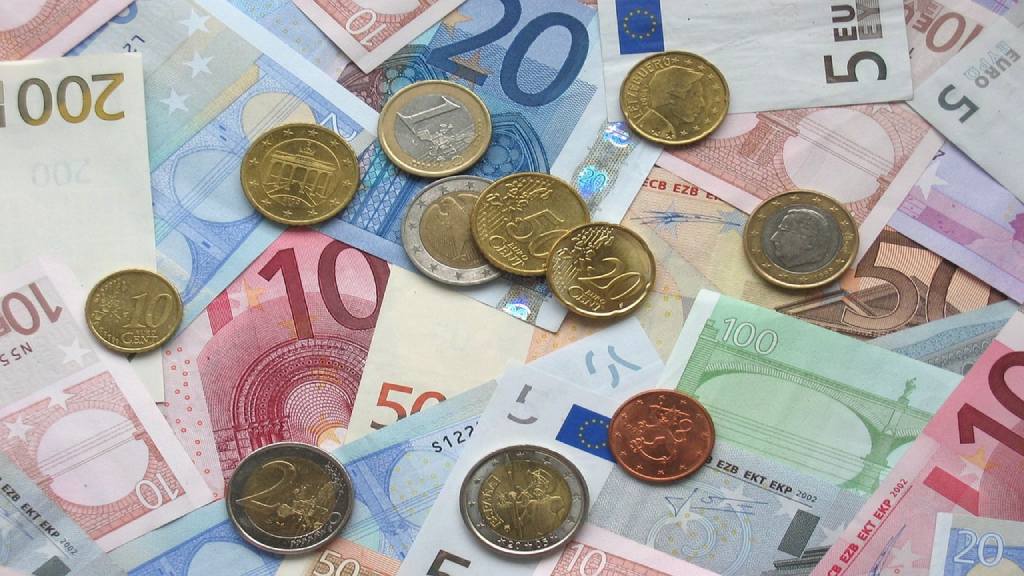
IESE Insight
Why Was the Sovereign Debt Crisis in Europe So Severe?
The Eurozone credit crunch deserves about half of the blame, which is a lot, according to research by IESE's Christian Eufinger and co-authors. They offer advice to free up the lending supply next time.
For Greece, Italy, Ireland, Portugal and Spain — together known as the GIIPS countries of Europe — the sovereign debt crisis of 2009-2011 resulted in a 37 percent spike in unemployment and a 190 billion euro drop in investment. And the spill-over effects spread well beyond the GIIPS nations. So, how might such a crisis be prevented from happening again?
In search of the answer, Viral V. Acharya, Tim Eisert, IESE's Christian Eufinger, and Christian Hirsch together studied syndicated bank loans amid the debt crisis, the subsequent credit crunch (when bank lending dried up), and how that credit crunch negatively impacted the economy — namely, wiping out jobs, investment and sales growth. Their research concludes that an effective bank recapitalization could significantly boost economic recovery — now or next time crisis strikes.
A Double Whammy Hits Lending
First, to understand why the Eurozone credit crunch happened, the co-authors conduct an in-depth analysis of the bank lending channel and find two important factors:
- Bank health / the balance sheet hit: The banks that held risky government bonds at the beginning of the debt crisis — when investors feared Greece et al. would default — took a direct hit to their balance sheets. GIIPS banks lost an average of 10.8 percent of their equity while other European (non-GIIPS) banks lost 6 percent. As a result of equity losses, many banks were forced to deleverage — i.e., reduce their loan supplies.
- Risk shifting / crowding out of bank lending: At the same time, risky sovereign bonds started to look more appealing to some banks, because their yields were so high (in return for taking on a higher level of default risk). The mostly weaker banks that sought out these higher-yield bonds then shifted their portfolios away from corporate lending. This also led to a reduction in loan supply for firms.
As a result, companies that had pre-crisis relationships with weakened banks had less financing to work with. Overall, the probability that European firms would be granted new syndicated loans fell by up to 53 percent. Firms, in turn, then reduced their investments, fund flows and their sales growth suffered. Employment opportunities also dried up.
How significant were these reductions in lending? The co-authors estimate that the credit crunch alone explains about half or more of the economic damage suffered by European firms. More specifically, for GIIPS countries, the authors estimate that the credit crunch explains 61 percent of the sales decline, 62 percent of the investment drop-off, and 66 percent of the decrease in employment. Meanwhile, for non-GIIPS European countries, the credit crunch explains 44 percent of the sales decline, 46 percent of the investment drop-off, and 49 percent of the decrease in employment. Yes, those figures are significant.
Only the companies who did not need any bank financing managed to evade some of these effects.
Looking to the future, the authors suggest that effective bank recapitalization is key to help boost to bank lending next time it flags, and thus aid economic recovery.
Methodology, Very Briefly
The co-authors analyze syndicated loans data in Europe between 2006 and 2012, considering bank-firm relationships in the years just before the recession hit in 2009 and during the peak of the crisis. They control for bank characteristics, macroeconomic shocks (such as lower demand for bank loans) and more in order to home in on the effects of the bank lending channels themselves.
